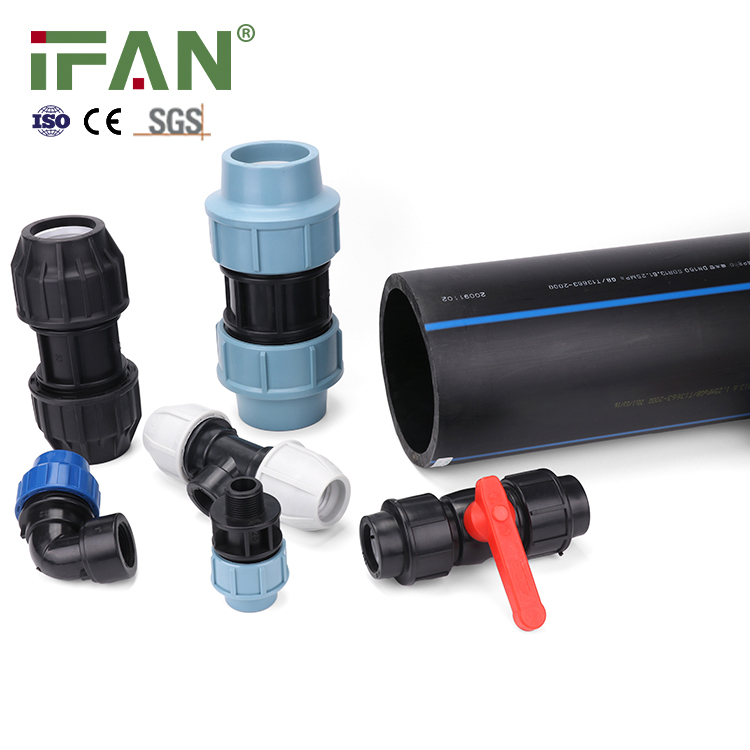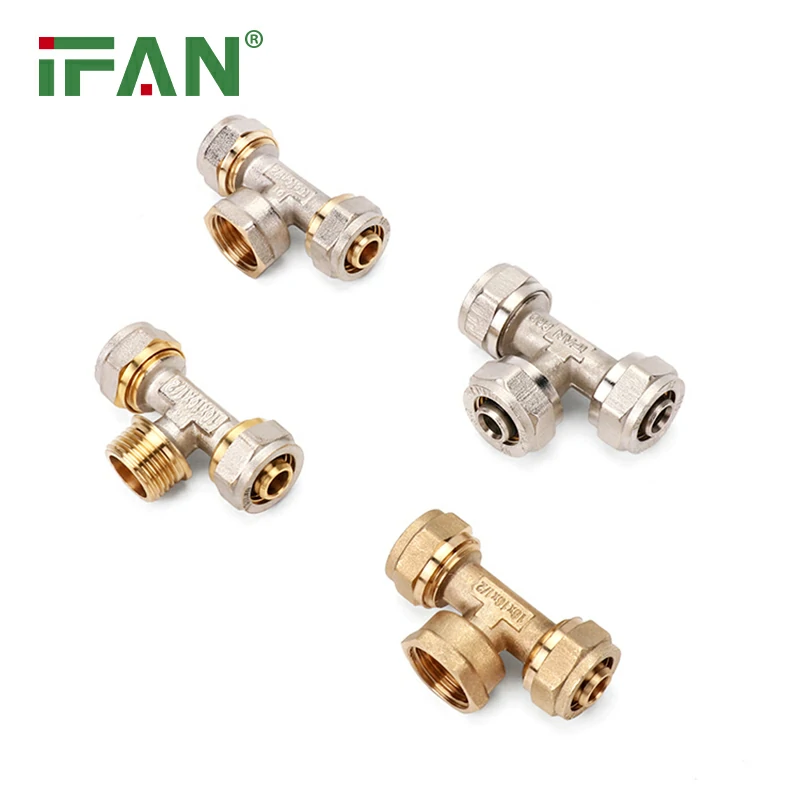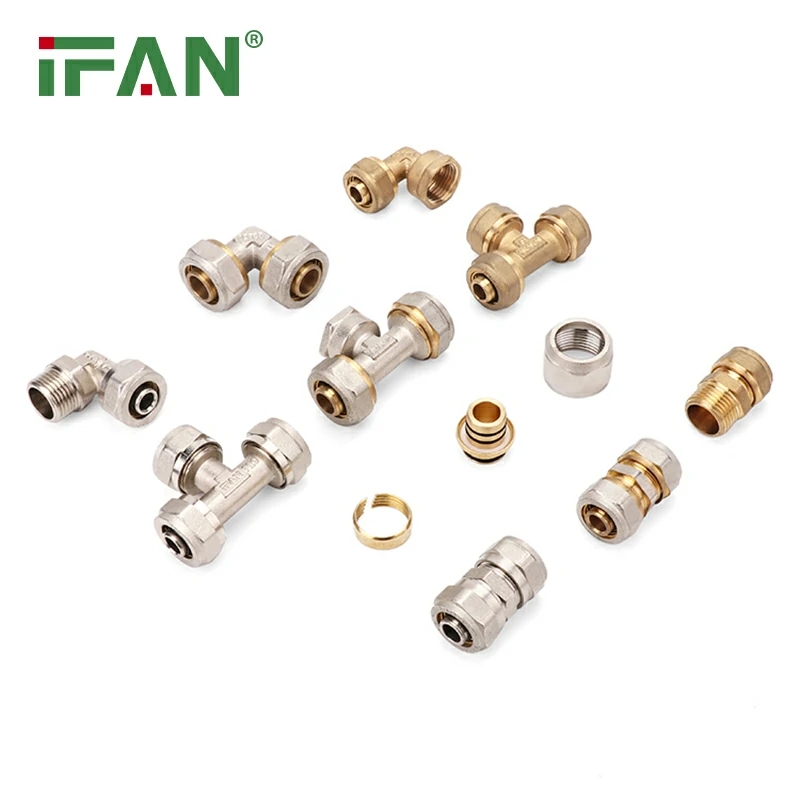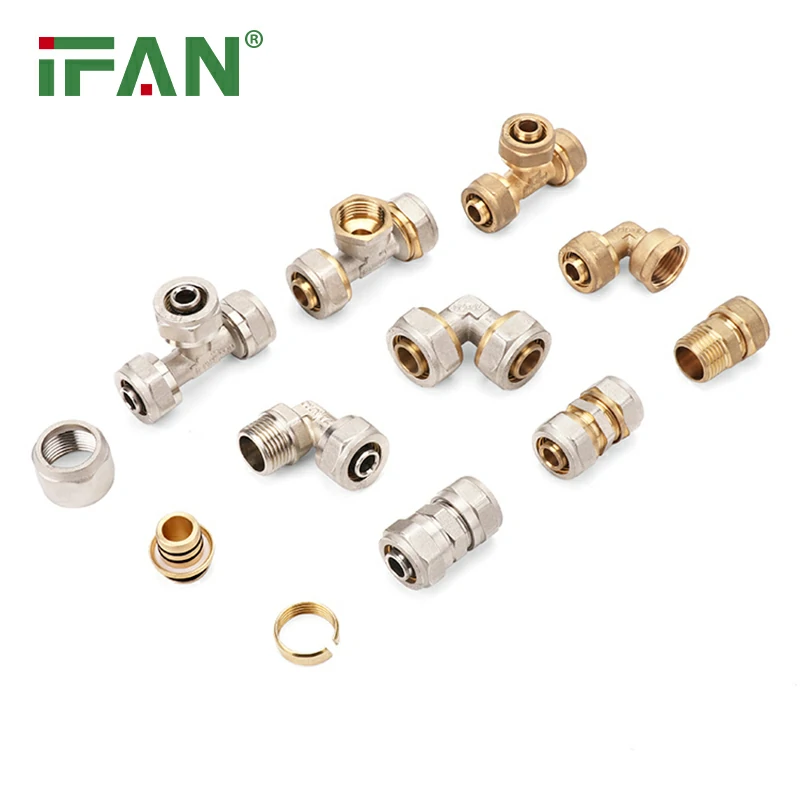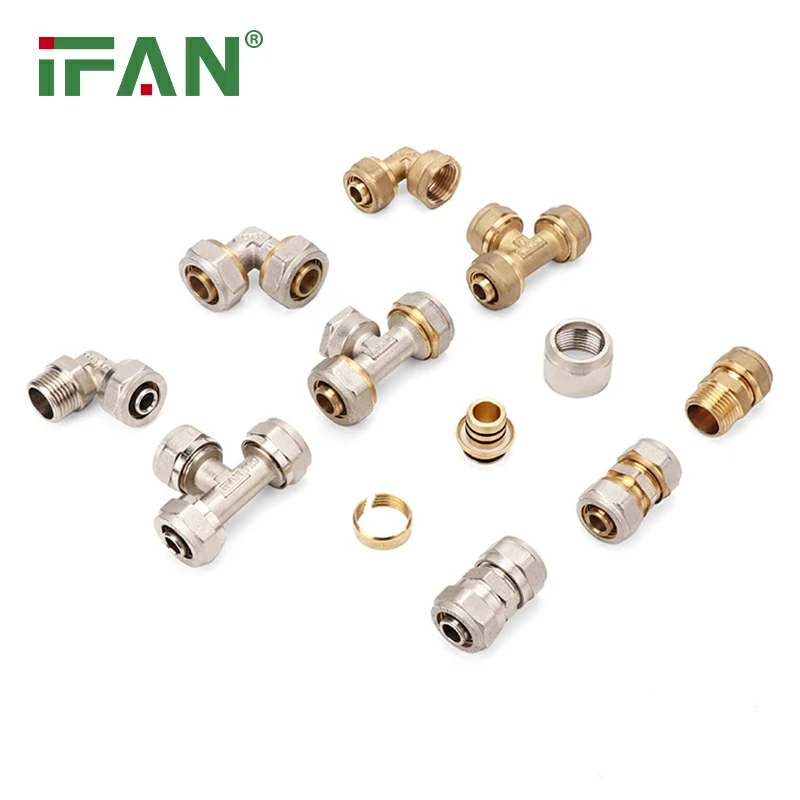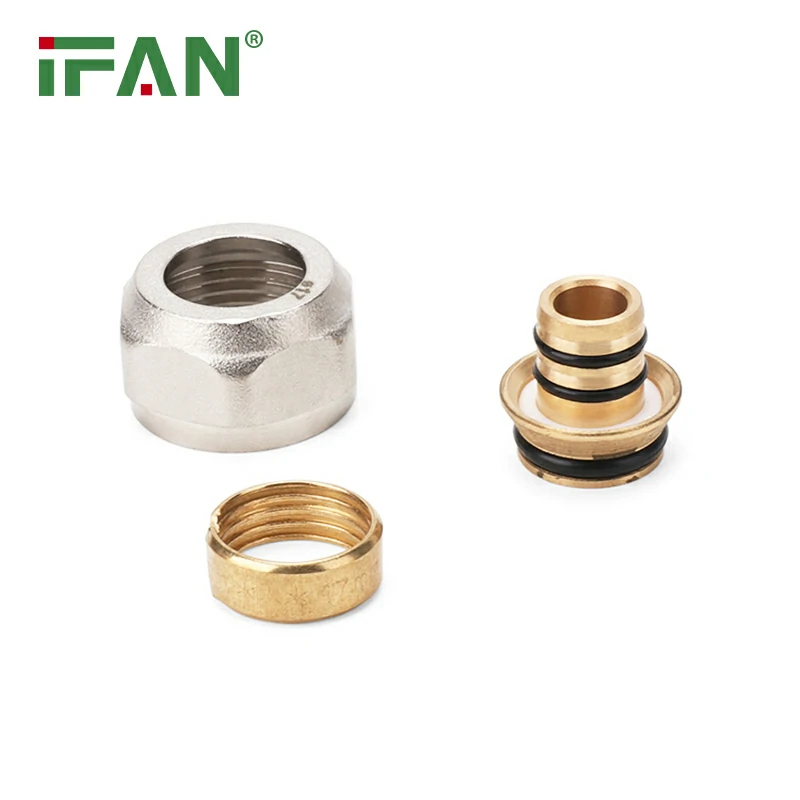HDPE Fittings for Safe and Secure Connections
When it comes to industrial piping systems, choosing the right fittings is crucial to ensure safe and secure connections. HDPE (high-density polyethylene) fittings are widely used in various industries for their excellent properties, including durability, flexibility, and resistance to chemicals, corrosion, and weather.
Here are some of the benefits of using HDPE fittings in industrial applications:
Versatility: HDPE fittings come in various sizes, shapes, and configurations, making them suitable for diverse piping systems, including gas, water, wastewater, drainage, and mining.
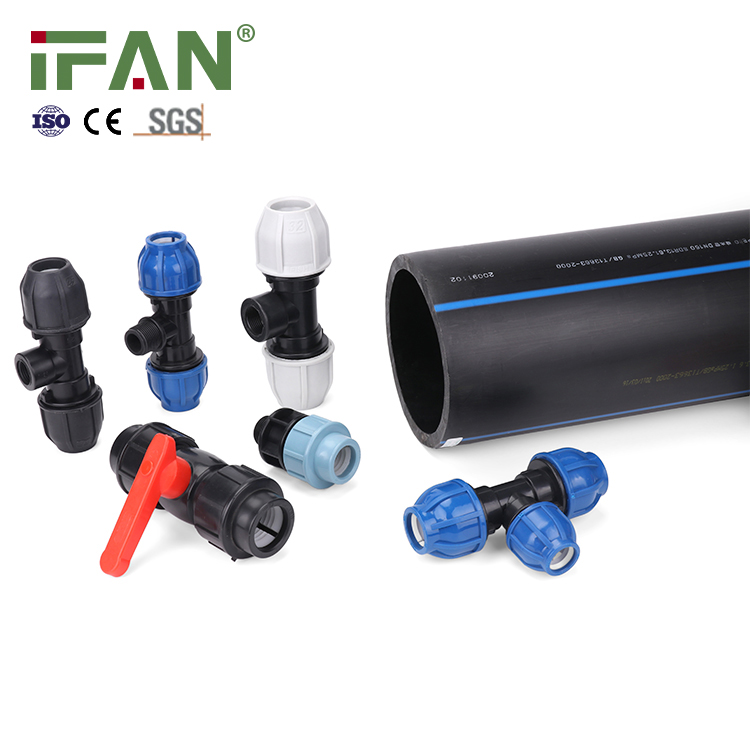
Durability: HDPE fittings are made of high-quality materials that can withstand extreme conditions such as high pressure, temperature, impact, and abrasion. They are also resistant to UV rays, chemicals, and corrosion, making them ideal for outdoor and underground applications.
Ease of installation: HDPE fittings are lightweight, flexible, and easy to install, reducing downtime and labor costs. They can be joined using various methods such as fusion welding, butt fusion, electrofusion, and mechanical connections.
Cost-effectiveness: HDPE fittings are cost-effective in the long run as they require minimal maintenance, last longer than traditional materials, and have a low risk of leaks and failures.
Environmental-friendly: HDPE fittings are made of recyclable materials, reducing waste and carbon footprint. They are also resistant to biofouling and do not release harmful chemicals into the environment, making them safe for drinking water and marine applications.
HDPE fittings have been widely adopted in various industries, including water and wastewater treatment, mining, oil and gas, agriculture, and construction. They provide a reliable, safe, and efficient solution for modern piping systems, ensuring uninterrupted supply and distribution of liquids and gases.
In conclusion, HDPE fittings offer a range of benefits that make them a top choice for industrial piping systems. They provide versatility, durability, ease of installation, cost-effectiveness, and environmental-friendliness, ensuring safe and secure connections that meet the highest standards of quality and performance.
